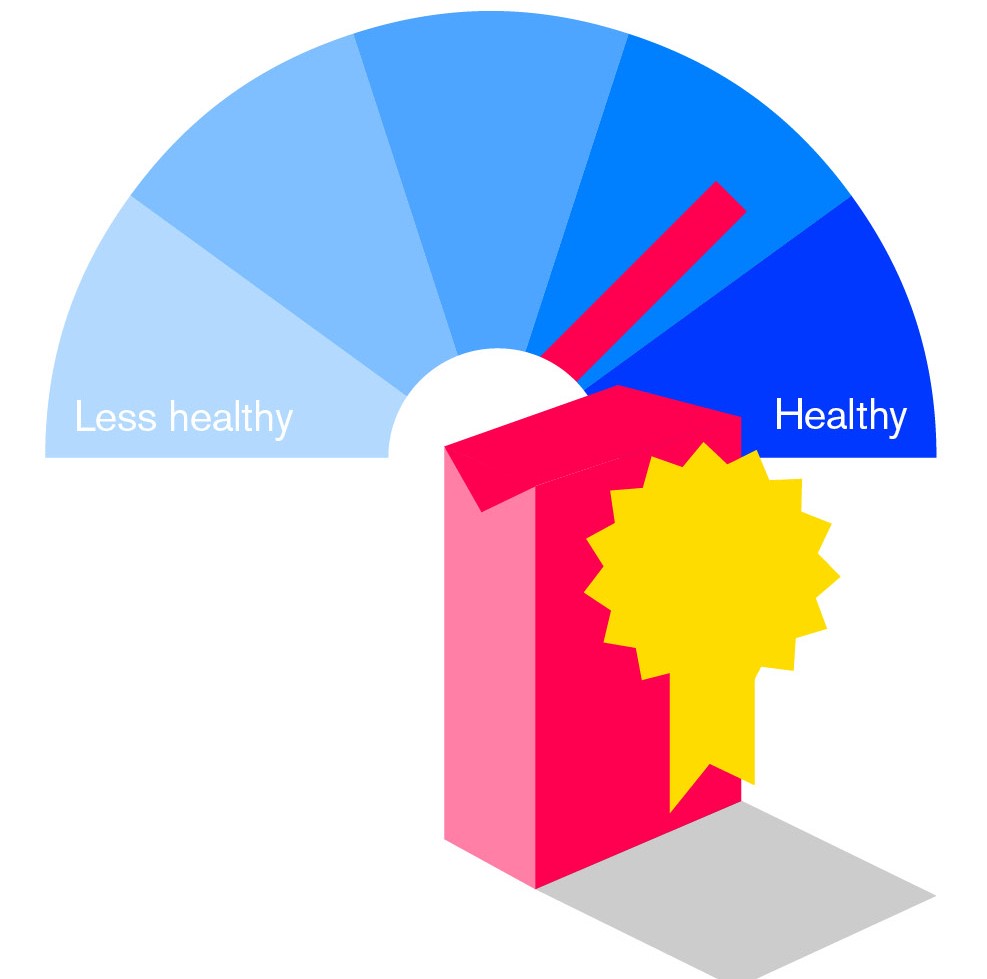
Assessing the healthfulness of foods through nutrient profiling
2 March 2023The ATNI Socials Blog is a series of personal commentaries to stimulate discussion on how to transform markets so that they provide more nutritious, affordable and sustainable foods. Our hope is to trigger understanding around the causes and the cures for access to nutrition.
Next up the ATNI socials are proud to present Francesco Branca, Director of the Department of Nutrition and Food Safety at the World Health Organization (WHO), who outlines the importance of nutrient profiling models. He further articulates the need to harmonize the criteria as much as possible to help deliver sustainable and nutritious diets.

As Michael Pollan has indicated in his book “The Omnivore’s Dilemma” humans have the great privilege of being able to feed on a large number of items, but the challenge of deciding what to eat. With globalization and the continuous development of food products by manufacturers eager to appeal to the public the challenge is constantly growing. An optimal choice is based on a number of considerations, from personal taste and health concerns to price and availability, and increasingly on planetary health concerns. While we need to consider the entirety of our diets to predict impacts on health, we also need to understand the contribution of each food item. This is why there has been an interest to profile food items based on their nutritional characteristics.
Nutrient profiling is “the science of classifying or ranking foods according to their nutritional composition for reasons related to preventing disease and promoting health”. In other words, nutrient profiling helps to better understand what choices would contribute to a healthy diet.
To address the increasing burden of overweight and obesity and diet-related noncommunicable diseases, nutrient profile models focus on excess consumption of energy, total fat, saturated fat, transfat, free sugars and sodium. Some nutrient profile models also consider “positive nutrients”, with the argument that an important component of unhealthy diets is the insufficient consumption of certain items, such as vitamins and minerals.
Nutrient profiling can then be used to develop easy-to-understand nutrition labels, to establish food marketing restrictions, to define minimum characteristic of foods to be considered for the establishment of a health claim, to define price policies, including levying taxes or providing subsidies, to decide what should be preferentially provided by canteens operated by public institutions. Such policies influence both consumers’ choices and food formulation by the manufacturers.
Worldwide, several governments – including those in the Australia, Chile, Denmark, Ireland, New Zealand, Norway, Sweden, the United Kingdom and the United States – have developed nutrient profile models for application to various food related policies. Multiple additional models have also been developed by food manufacturers. The choice of the nutrients and the threshold for the classification of food items are critical to define whether its consumption is encouraged or discouraged, or rather whether it is indicated as an item to be consumed more or less often. Nutrient profile models also need to indicate whether they apply to all food categories or only to processed foods. Considerable variation in thresholds for food categories is likely to generate confusion among consumers, defeating the purpose for which the models were develope

Since 2015 WHO has developed region specific guidance on nutrient profiles to help governments implement policies to protect children from the harmful impact of food marketing. The WHO models are stricter than other models and exclude from marketing more foods high in total or saturated fats, sugars and salt, thus offering better protection for children. The WHO nutrient profile models do not consider positive nutrients.
The model developed in the American region was designed for multiple applications, also including front-of-package labelling, and fiscal policies related to foods and beverages with high energy content and poor nutritional value. The PAHO model excluded unprocessed or minimally processed foods, culinary ingredients, freshly prepared dishes.
The science of nutrient profiling is in continuous motion. A nutrient profile model has also been developed by WHO for commercially available complementary foods baby and toddler foods. More complex nutrient profile models have also been developed, such as the “Food compass” which provides multiple dimensions of food products, including for example vitamins, minerals, nutrient ratios, ingredients, presence of additives, degree of processing, phytochemicals, fiber and protein, quality of fat. Some models now also have the potential to consider the environmental impact of foods.
Well designed and validated nutrient profiling models, with better harmonized criteria, adapted to local food patterns and to the different policy applications, are thus an unavoidable complement to food based dietary guidelines to achieve healthy and sustainable diets.